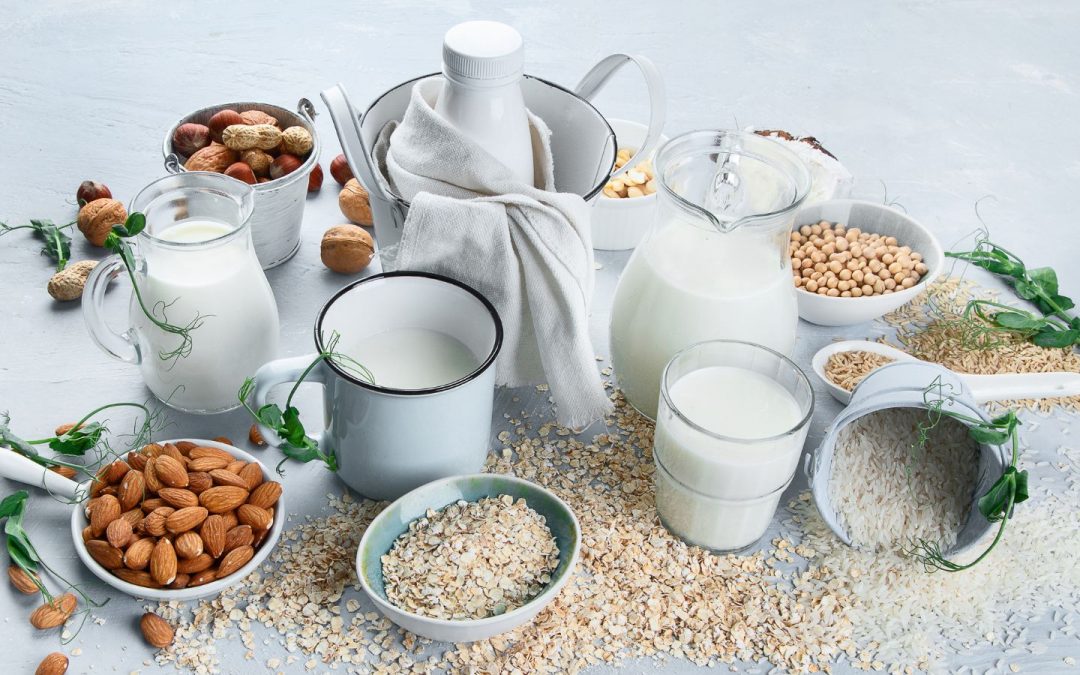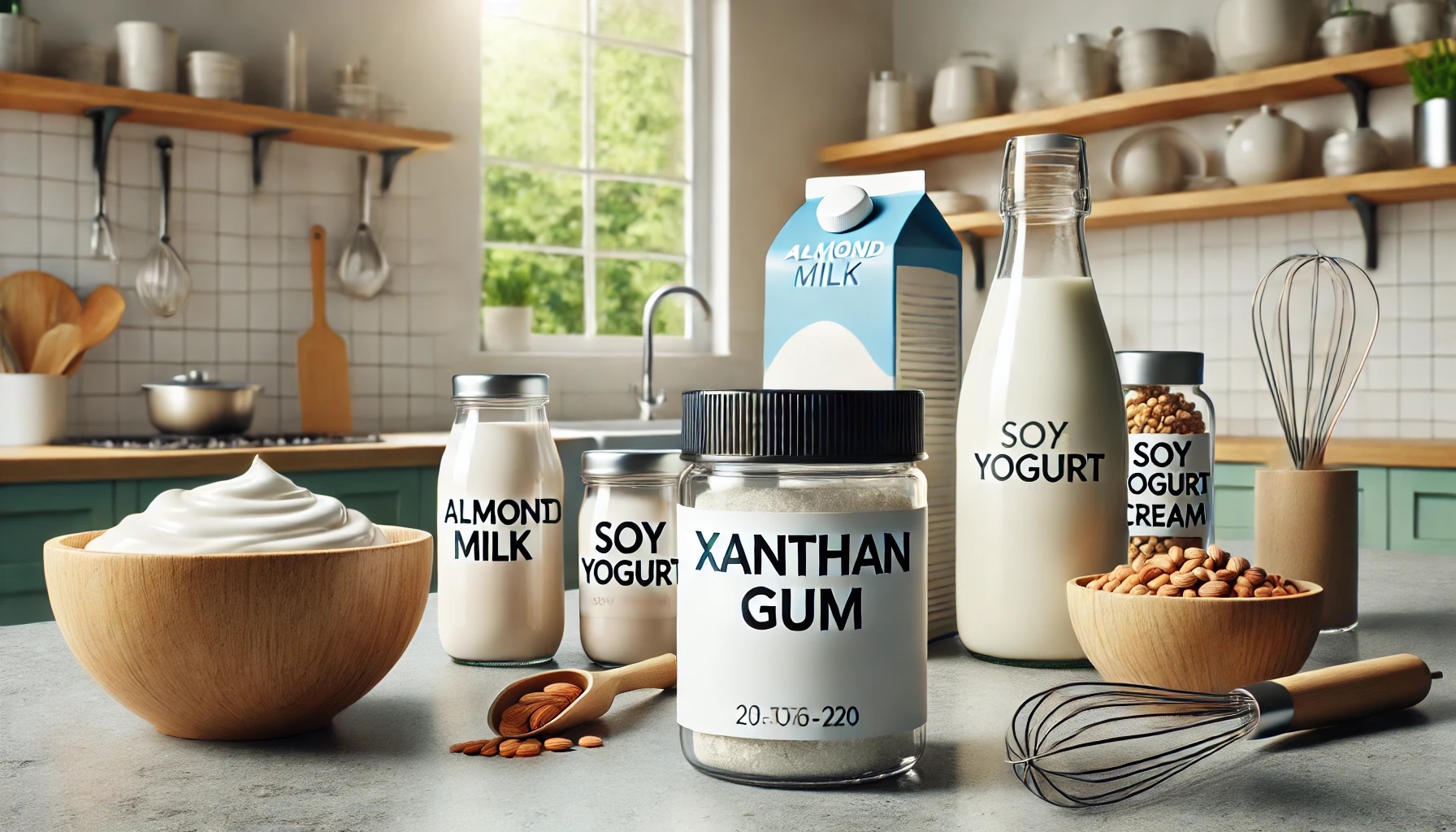Cocoa mass, also known as cocoa liquor or cocoa paste, is an essential ingredient in chocolate production.
It is created from whole cocoa beans and contains both cocoa solids and cocoa butter.
For chocolate manufacturers, understanding the composition and benefits of cocoa mass is key to crafting high-quality products.
This article explores the science behind cocoa mass, including its composition, production process, and benefits.
What is Cocoa Mass?
It is produced by grinding cocoa beans into a thick, homogeneous paste.
This paste is the base for all chocolate products and is integral to both dark and milk chocolates.
It contains approximately equal parts of cocoa solids and cocoa butter, contributing to its rich, intense chocolate flavor and smooth texture.
Composition of Cocoa Mass
The composition of this ingredient includes several key components that define its unique properties:
- Cocoa Solids
- Cocoa solids are the non-fat part of the cocoa bean and contain several important compounds:
- Theobromine: This stimulant, similar to caffeine, contributes to the characteristic bitter taste of cocoa and has mood-enhancing properties.
- Polyphenols:
- These natural antioxidants help reduce inflammation and protect against heart disease. The most abundant polyphenols in cocoa are flavonoids, which have been linked to various health benefits.
- Minerals: Cocoa solids are rich in essential minerals such as magnesium, iron, and zinc, which are important for various bodily functions.
- Cocoa solids are the non-fat part of the cocoa bean and contain several important compounds:
- Cocoa Butter
- Cocoa butter is the fat component of the cocoa bean, making up about 50% of the bean’s weight.
- It provides the smooth and creamy texture of chocolate. Cocoa butter contains a unique mixture of fatty acids:
- Oleic Acid: A monounsaturated fat also found in olive oil, contributing to heart health.
- Stearic Acid: A saturated fat that does not raise cholesterol levels and is considered neutral in terms of heart disease risk.
- Palmitic Acid: Another saturated fat that is present in smaller amounts compared to stearic and oleic acids.
Production Process of Cocoa Mass
The production of this ingredient involves several key steps that develop its flavor and texture:
- Harvesting and Fermentation
- Cocoa beans are harvested from cocoa pods and undergo a fermentation process.
- Fermentation is essential for developing the flavor precursors in the beans.
- It typically lasts several days, with the beans being turned regularly to ensure even fermentation.
- Drying and Roasting
- After fermentation, the beans are dried to reduce their moisture content.
- The dried beans are then roasted to enhance their flavor.
- Roasting temperature and duration vary, impacting the final taste profile of the cocoa mass.
- Cracking and Winnowing
- The roasted beans are cracked open, and the shells are removed in a process called winnowing.
- This results in cocoa nibs, which are the edible part of the cocoa bean.
- Grinding
- The cocoa nibs are ground into a thick, liquid paste known as cocoa mass or cocoa liquor.
- This process generates heat, which melts the cocoa butter within the nibs, creating a smooth consistency.
Benefits of Cocoa Mass
Cocoa mass offers several benefits that make it a valuable ingredient in the chocolate industry:
- Flavor Profile
- Cocoa mass provides the foundation for the flavor of chocolate.
- Its intense, rich taste results from the balanced combination of cocoa solids and cocoa butter.
- Factors such as the origin of the cocoa beans, fermentation, roasting, and grinding techniques influence the flavor.
- This allows chocolate makers to create diverse flavor profiles to cater to different consumer preferences.
- Nutritional Value
- Cocoa mass is rich in antioxidants, minerals, and other beneficial compounds, contributing to its nutritional value.
- Consuming products made with cocoa mass can offer health benefits, such as improved heart health, enhanced mood, and better cognitive function.
- Flavonoids, in particular, are associated with reduced inflammation and protection against oxidative stress.
- Versatility in Chocolate Making
- Cocoa mass is a versatile ingredient used in various chocolate products, from dark and milk chocolates to cocoa powder and couverture.
- Its solid and fat components allow manufacturers to adjust the texture and consistency of their products, creating everything from smooth, creamy milk chocolate to robust, intense dark chocolate.
- Quality Control
- Using high-quality cocoa mass enables chocolate manufacturers to maintain consistent quality in their products.
- By controlling the fermentation, drying, roasting, and grinding processes, producers ensure that their cocoa mass meets specific standards for flavor and texture.
- This consistency is crucial for building consumer trust and brand loyalty.
- Sustainability
- As consumers become more environmentally conscious, the sustainability of cocoa production gains importance.
- Ethical sourcing of cocoa beans, fair trade practices, and sustainable farming methods contribute to the overall sustainability of cocoa mass production.
- By prioritizing these practices, chocolate manufacturers can appeal to eco-conscious consumers and support the well-being of cocoa-growing communities.
Conclusion
Cocoa mass is a foundational ingredient in chocolate making, offering a rich flavor, smooth texture, and numerous health benefits.
Its composition, consisting of cocoa solids and cocoa butter, provides the essential characteristics that define high-quality chocolate.
Understanding the science behind cocoa mass and its production process allows industry professionals to create superior chocolate products that cater to diverse consumer preferences.
By focusing on the quality and sustainability of cocoa mass, chocolate manufacturers can ensure that their products not only taste exceptional but also align with the values of modern consumers.








